
3 minutes read
Core web vitals aren't that important for Google
Table of contents
Introduction
Core web vitals have been a buzzword in the world of SEO and website optimization for a while now. Content creators overuse the term, and developers tend to obsess about them.
These metrics, introduced by Google, aim to quantify the experience of a user on a web page. They focus on three main aspects: loading performance, interactivity, and visual stability.
But here’s something to ponder: Are they as crucial as many believe, or is there more to the story?
The core web vitals are not the only SEO metric to succeed on Google
While core web vitals are significant, they are just one part of a larger puzzle.
Think of your website as a multifaceted entity where each part, from content to user interface, plays a vital role.
Core web vitals ensure a good user experience, which boost some metrics Google uses in their ranking algorithm, but they don’t exclusively determine your site’s SEO success.
There’s a common misconception that excelling in these metrics guarantees a top spot in search rankings. While this could work if you were facing a strong competitor, this is almost never the case.
As you can see, my score isn’t the best in the world (this varies depending on the page), but my blog gets 30,000 clicks per month from Google at the time I’m writing these lines.

The real game changer: your website’s crawlability for Google
What really makes a difference is how well Google can crawl and index your site.
If Google can’t efficiently browse and understand your content, even the best core web vitals scores won’t help.
Ensure that your website is easily accessible to Google’s bots. This means:
- Having a clear site structure.
- Ensuring that content is easily readable and not hidden behind complex JavaScript and user interactions (like a modal that appears after a click).
Some big sites that have thousands of pages may choose to use a sitemap because it’s hard to ensure all pages are correctly linked. This is very useful, but not mandatory. (In my case, I don’t have one.)
Also, check your robots.txt and meta robots tag’s configuration; they might be why Google can’t index some pages.
Google needs a good balance of core web vitals and crawlability
It’s not about choosing one over the other. Instead, think of core web vitals and site crawlability as two sides of the same coin.
Improving core web vitals is beneficial for user experience, which indirectly influences SEO.
But, make sure that while you’re optimizing these vitals, you don’t ignore the fundamental aspect of making your site easily navigable and understandable by Google.
Conclusion
In conclusion, while core web vitals are an essential aspect of your site’s performance, they shouldn’t overshadow the importance of other SEO fundamentals.
Prioritize making your site accessible and easy for Google to crawl.
By striking a balance between optimizing core web vitals and enhancing your site’s crawlability, you can create a robust SEO strategy that stands the test of time.
For those eager to learn more from trusted sources, here’s an episode of the Google Search Central’s podcast discussing about which aspect of your site you should focus on:
https://www.youtube.com/watch?v=ULX4GHcQd9U
Did you like this article? Then, keep learning:
- Add Alpine.js to Laravel projects to improve front-end reactivity with lightweight framework
- Understand how to handle effective error handling in Laravel HTTP client
- Get a detailed look at Laravel's architecture best practices for smoother collaboration
- Discover Laravel Forge for quick Laravel app deployment and alternatives in 2024
- Learn how to boost Laravel app performance by controlling Livewire component rendering
- Learn a practical SEO case study showing techniques to increase Google clicks
- Explore site accessibility and proper server config to avoid common SEO pitfalls
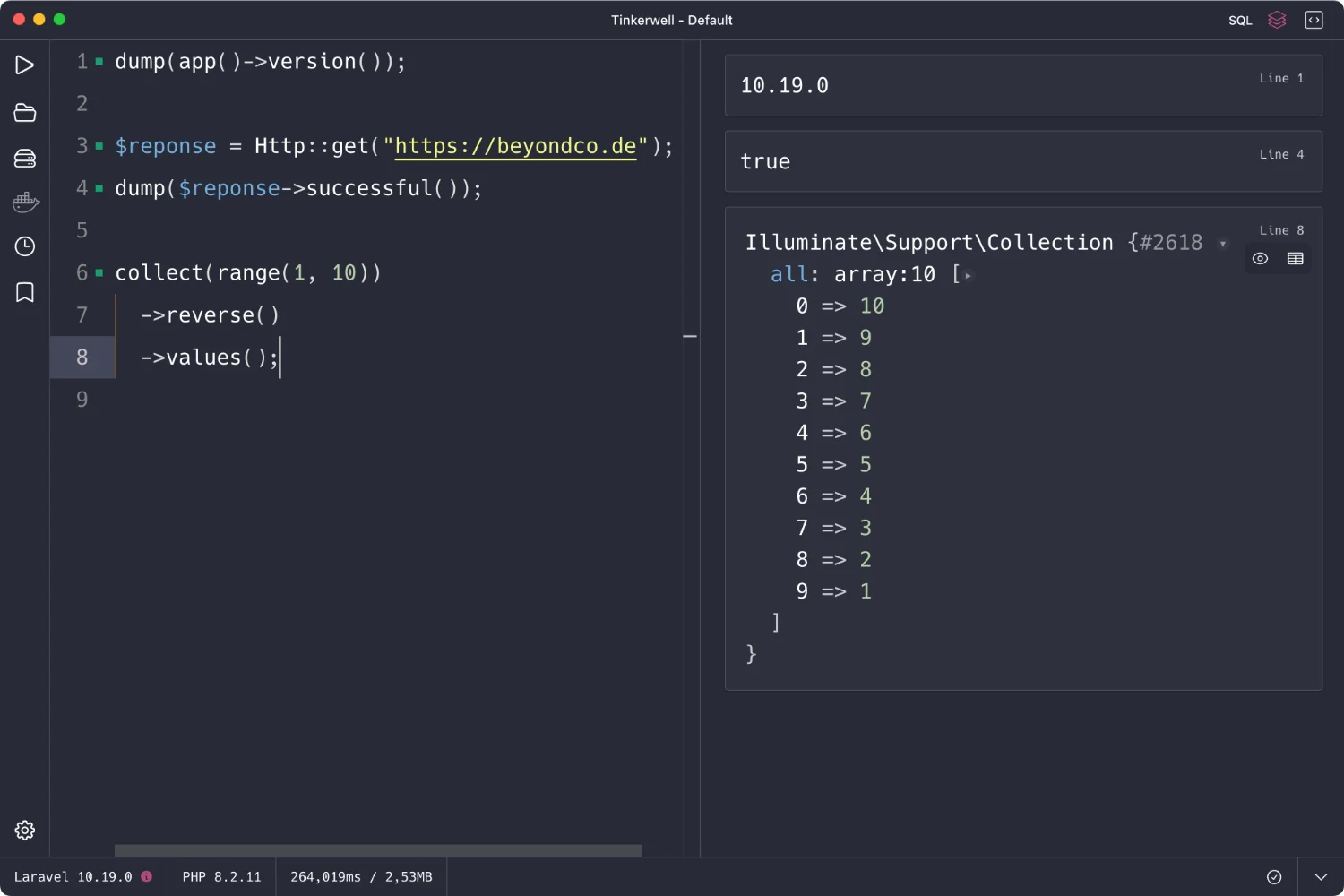
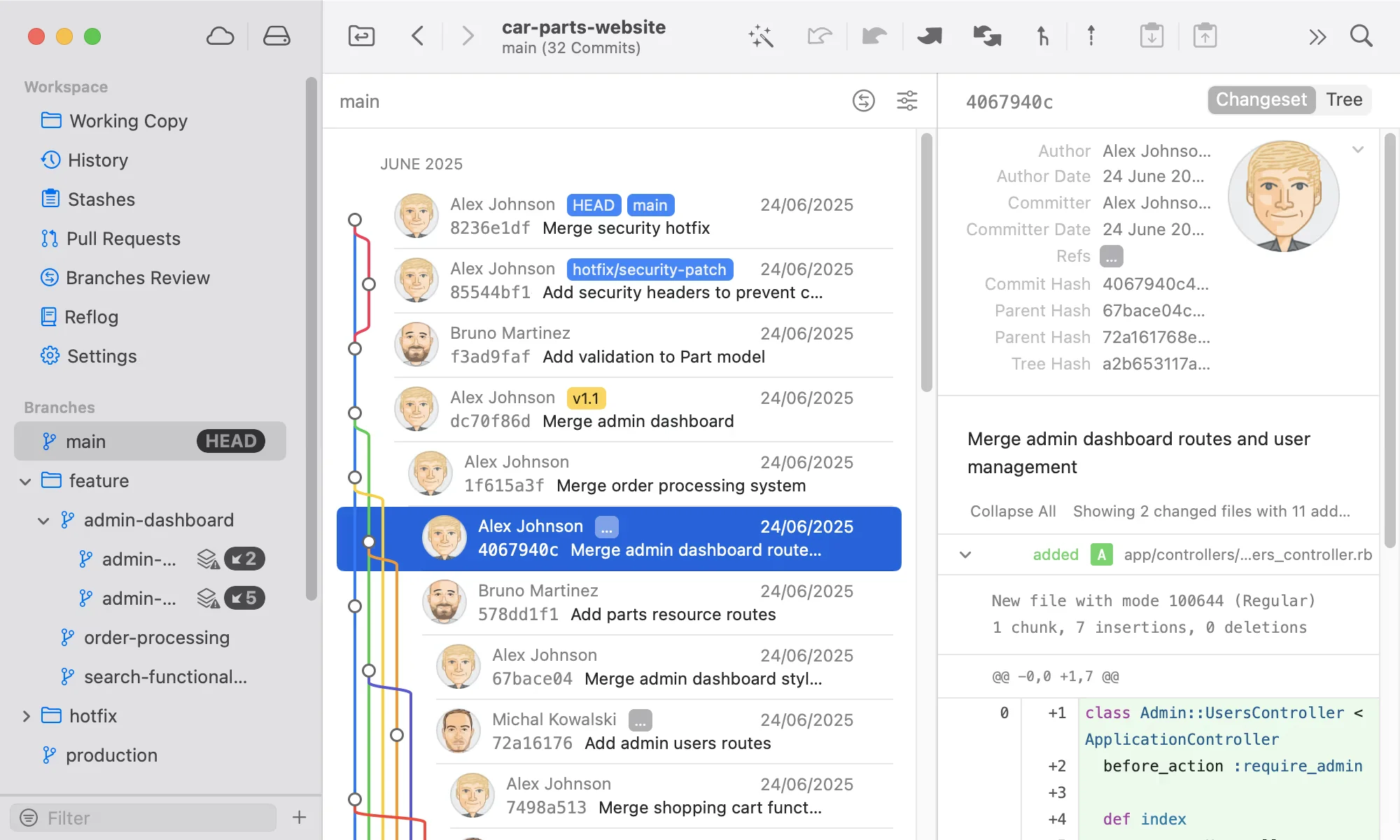
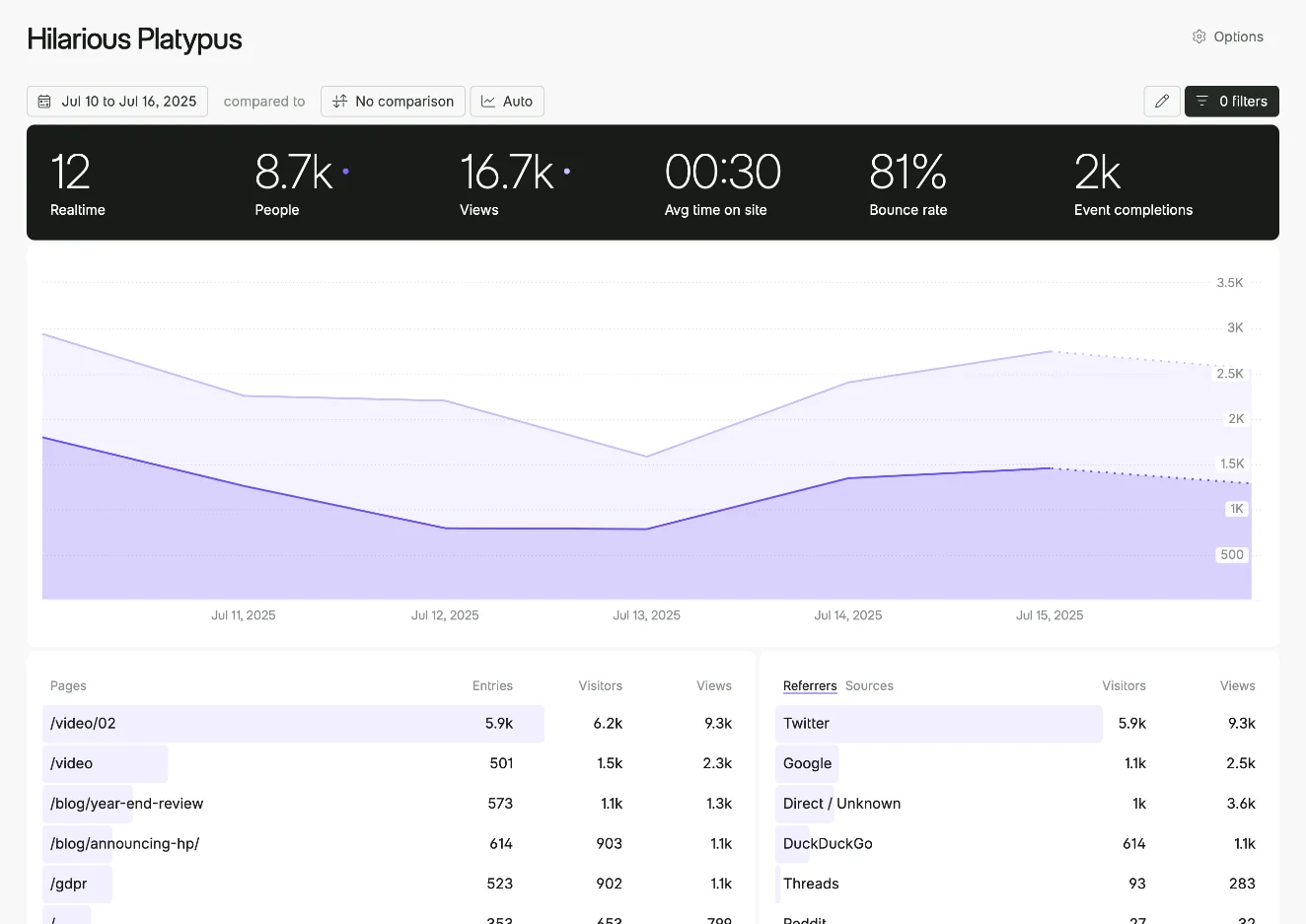
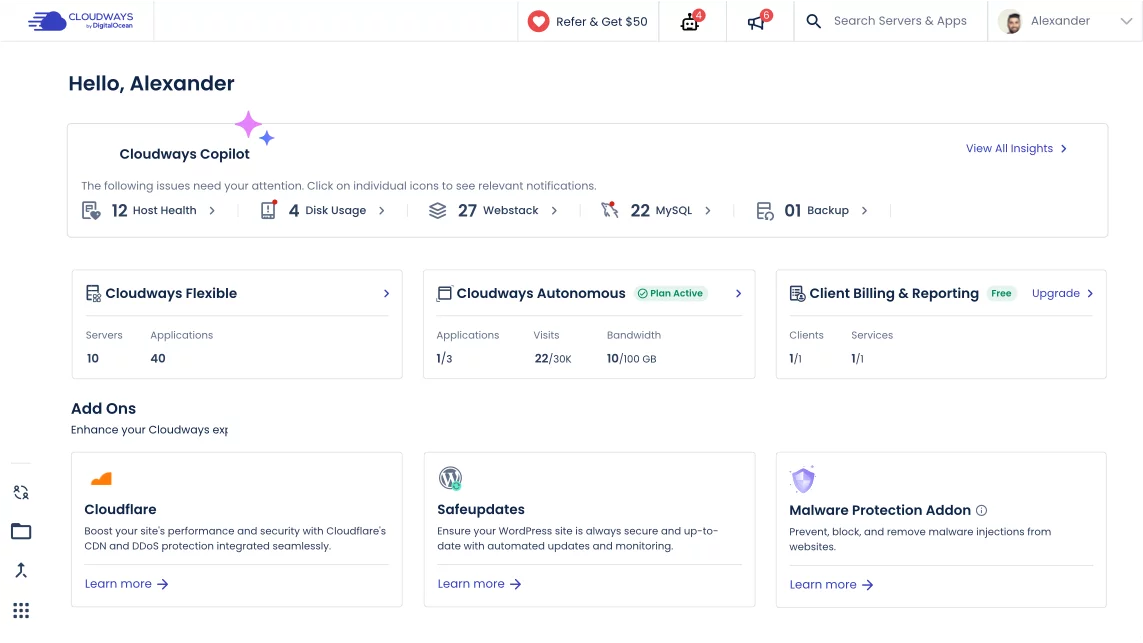
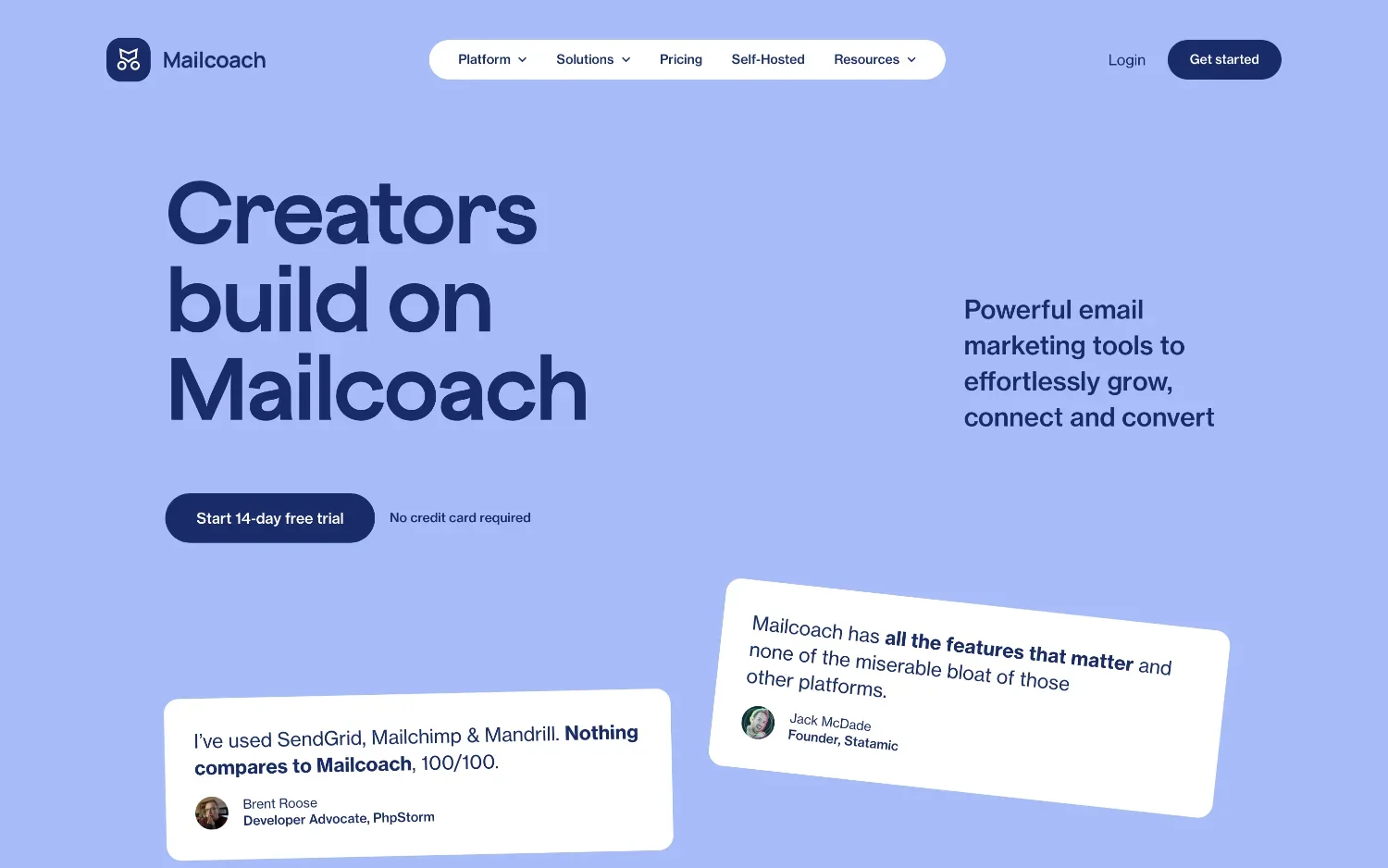
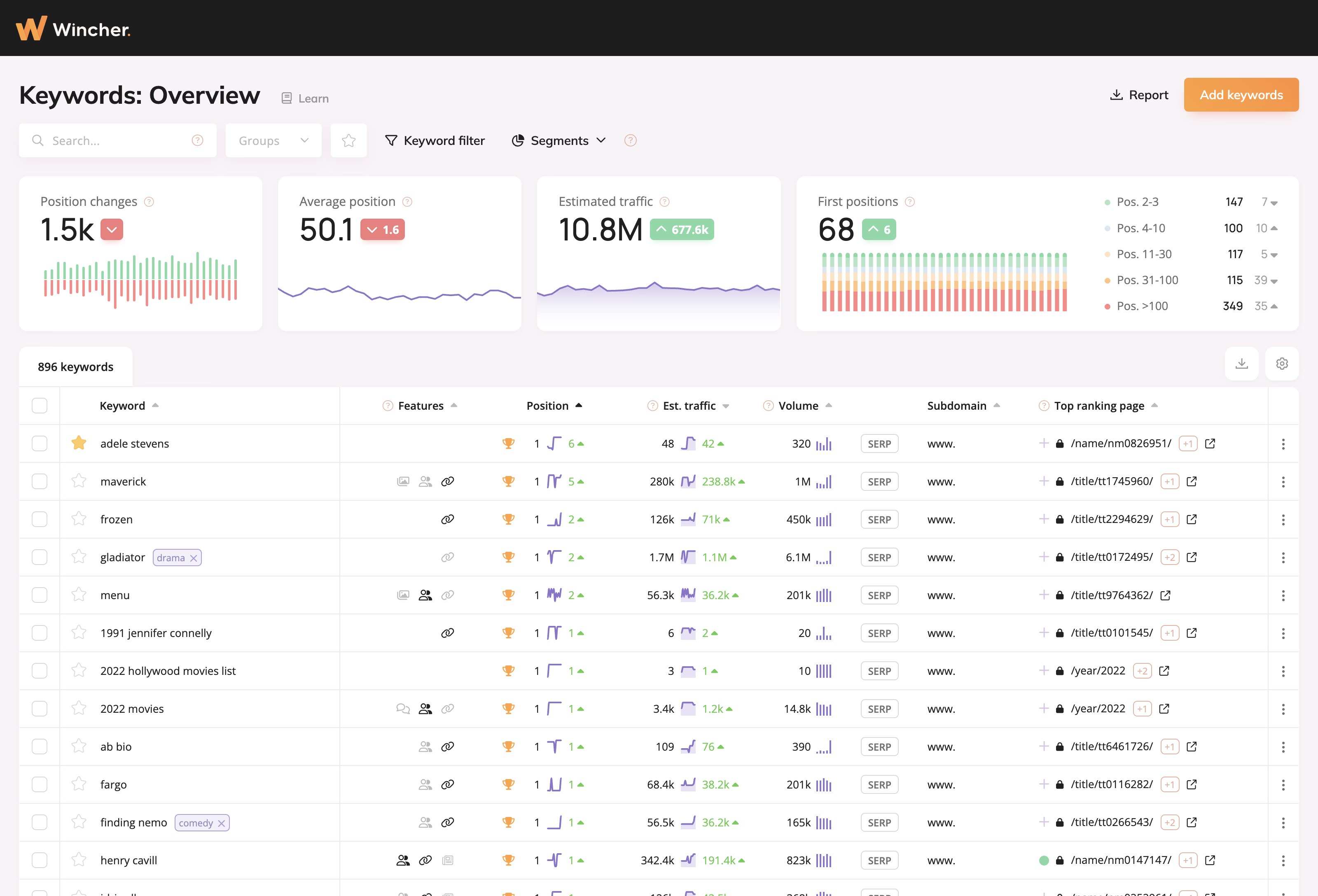
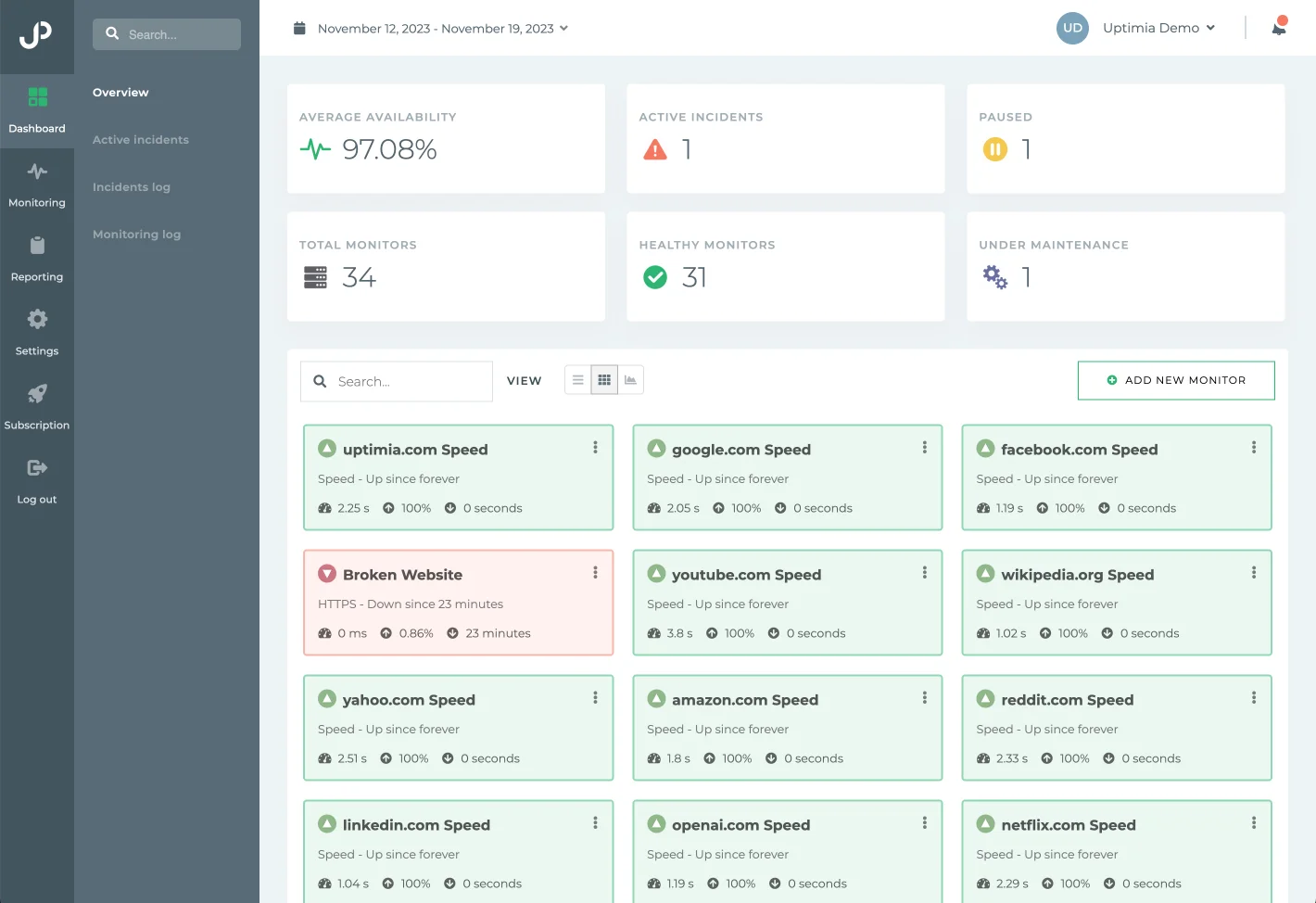

0 comments